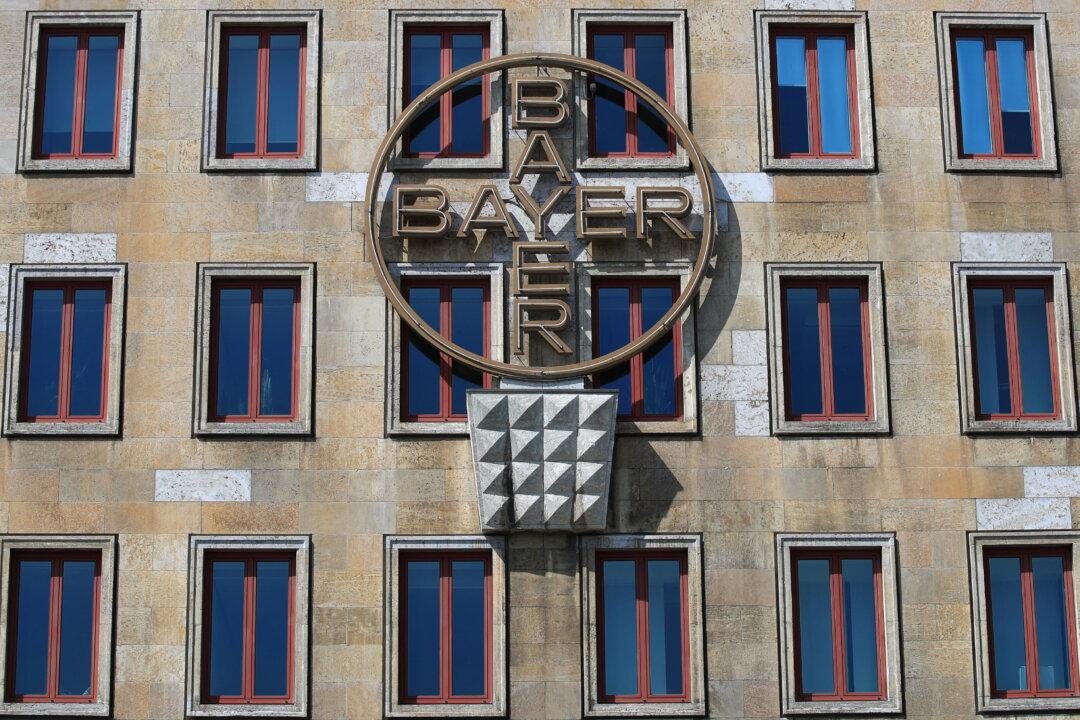FRANKFURT, Germany—Agriculture and pharmaceuticals company Bayer on Thursday lifted its 2022 earnings guidance on strong demand from farmers for its seeds and crop chemicals and higher sales of consumer health products.
Bayer is now targeting earnings before interest, taxes, depreciation and amortisation (EBITDA), adjusted for special items, of about 13 billion euros ($13.21 billion), based on June 30 foreign exchange rates, where it had previously predicted about 12 billion euros, it said in a statement.





